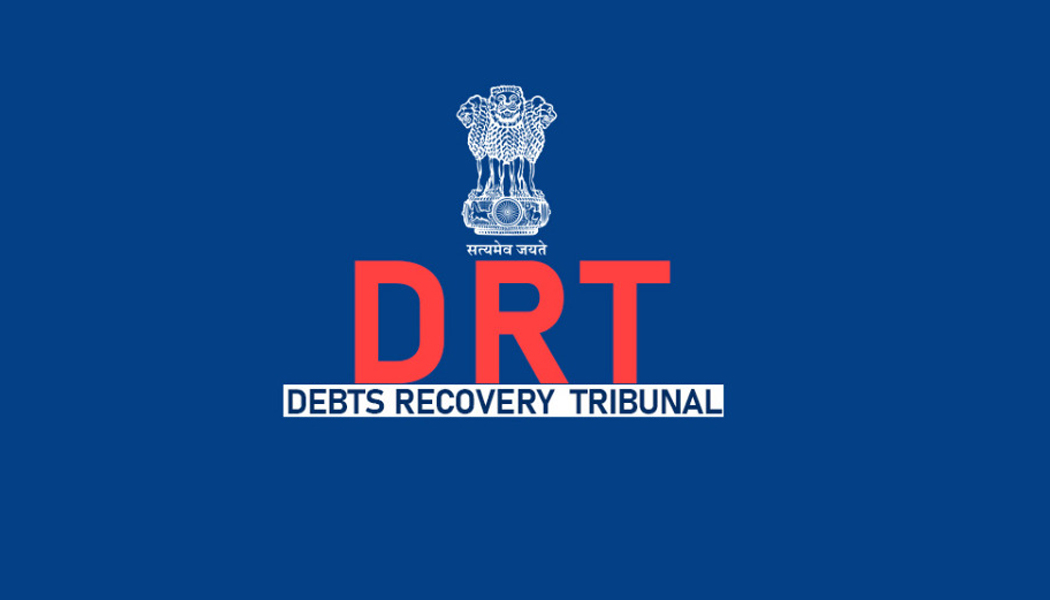
Terminology related to DRT,NPA, SARFAESI, DRAT
Debts and Debt Recovery in India: A Glossary
Here’s an explanation of the key terms you mentioned:
DRT (Debt Recovery Tribunal): These are quasi-judicial bodies established under the Recovery of Debts and Bankruptcy Act, 1993, to handle cases related to loan defaults exceeding Rs.10 lakh. They adjudicate disputes between lenders and borrowers and have the power to order recovery of outstanding dues through asset seizure and sale.
NPA (Non-Performing Asset): This refers to a loan that has not been serviced (interest or principal payment not made) for a specific period, typically 90 days or more. Banks classify NPAs into different categories based on the severity of the default and the recovery prospects.
SARFAESI (Securitization and Reconstruction of Financial Assets and Enforcement of Security Interest Act): This is a law enacted in 2002 to empower banks and financial institutions to recover bad loans more efficiently. It allows them to take possession of secured assets (like property or machinery) pledged by the borrower without going through lengthy court proceedings.
DRAT (Debt Recovery Appellate Tribunal): This is an appellate body established under the DRT Act to hear appeals against the decisions of DRTs. It serves as the final judicial recourse for disputes related to debt recovery under the Act.
Additional terms:
- Security Interest: A legal right held by a creditor over the borrower’s asset (collateral) as a guarantee for the loan.
- Securitization: The process of converting loans into tradable financial instruments to facilitate easier recovery and distribution of risks.
- Provisioning: An accounting practice followed by banks to set aside funds to cover potential losses from bad loans.
Additional Terms Used in DRT
Here are some other frequently used terms you might encounter within the Debt Recovery Tribunal (DRT) system in India:
Loan Classification:
- Substandard Assets: Loans overdue for 180-360 days.
- Doubtful Assets: Loans overdue for 360-720 days, where recovery is uncertain.
- Loss Assets: Loans overdue for over 720 days, considered unlikely to be recovered.
DRT Proceedings:
- Application: The creditor’s formal petition initiating the debt recovery process before the DRT.
- Notice: Legal document issued by the DRT summoning the borrower to appear and respond to the application.
- Ex-parte Order: Order passed by the DRT when the borrower fails to appear or defend the case.
- Attachment Order: Order authorizing the seizure of the borrower’s secured assets.
- Sale Order: Order directing the sale of the seized assets to recover the outstanding debt.
Other Relevant Terms:
- Guarantor: Individual who guarantees the borrower’s loan repayment in case of default.
- One Time Settlement (OTS): Agreement between the creditor and borrower for full or partial loan settlement outside the DRT process.
- Waiver Certificate: Document issued by the DRT upon complete debt recovery, confirming the loan has been settled.
Understanding these terms can help you better navigate the DRT process and protect your rights. If you have any specific questions or encounter unfamiliar terms during your interactions with the DRT, don’t hesitate to seek clarification from legal counsel or financial professionals.
Remember, knowledge is power, and being informed about the terminology used in DRT proceedings can empower you to make informed decisions regarding your financial situation.
Importance of understanding these terms:
Knowing these terms is crucial for borrowers and lenders alike, especially when dealing with loan defaults and recovery processes. It helps individuals understand their rights and obligations, navigate legal procedures, and make informed decisions regarding debt repayment or restructuring.
In conclusion, the Indian financial system employs various mechanisms to manage loan defaults and safeguard the interests of both creditors and borrowers. Understanding the terminology associated with these mechanisms, like DRT, NPA, SARFAESI, DRAT, and related concepts, empowers individuals to navigate challenging financial situations and seek appropriate solutions.
I hope this explanation clarifies these terms for you. Feel free to ask if you have any further questions!
Adcocate J.S. Rohilla (Civil & Criminal Lawyer in Indore)
Contact: 88271 22304
